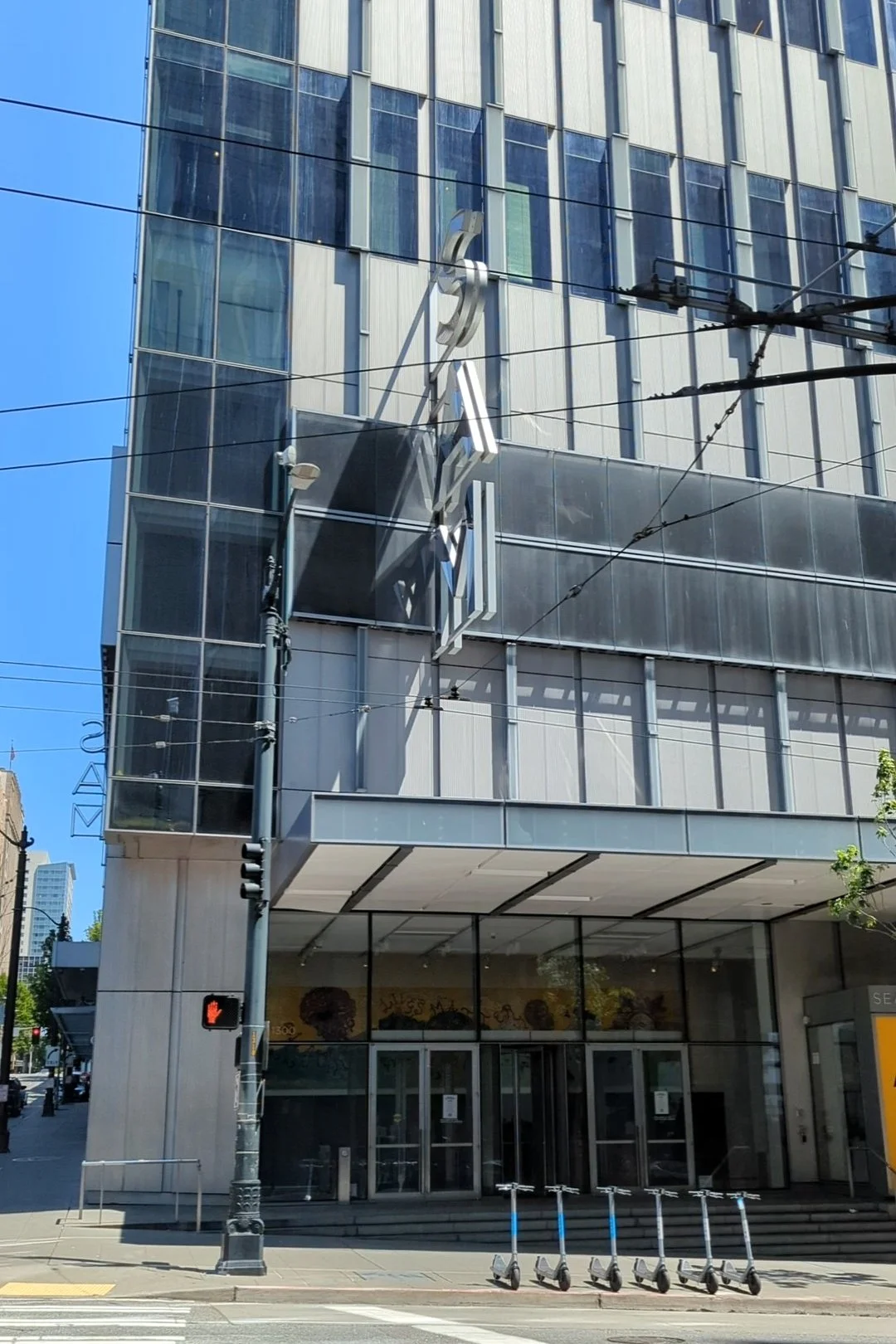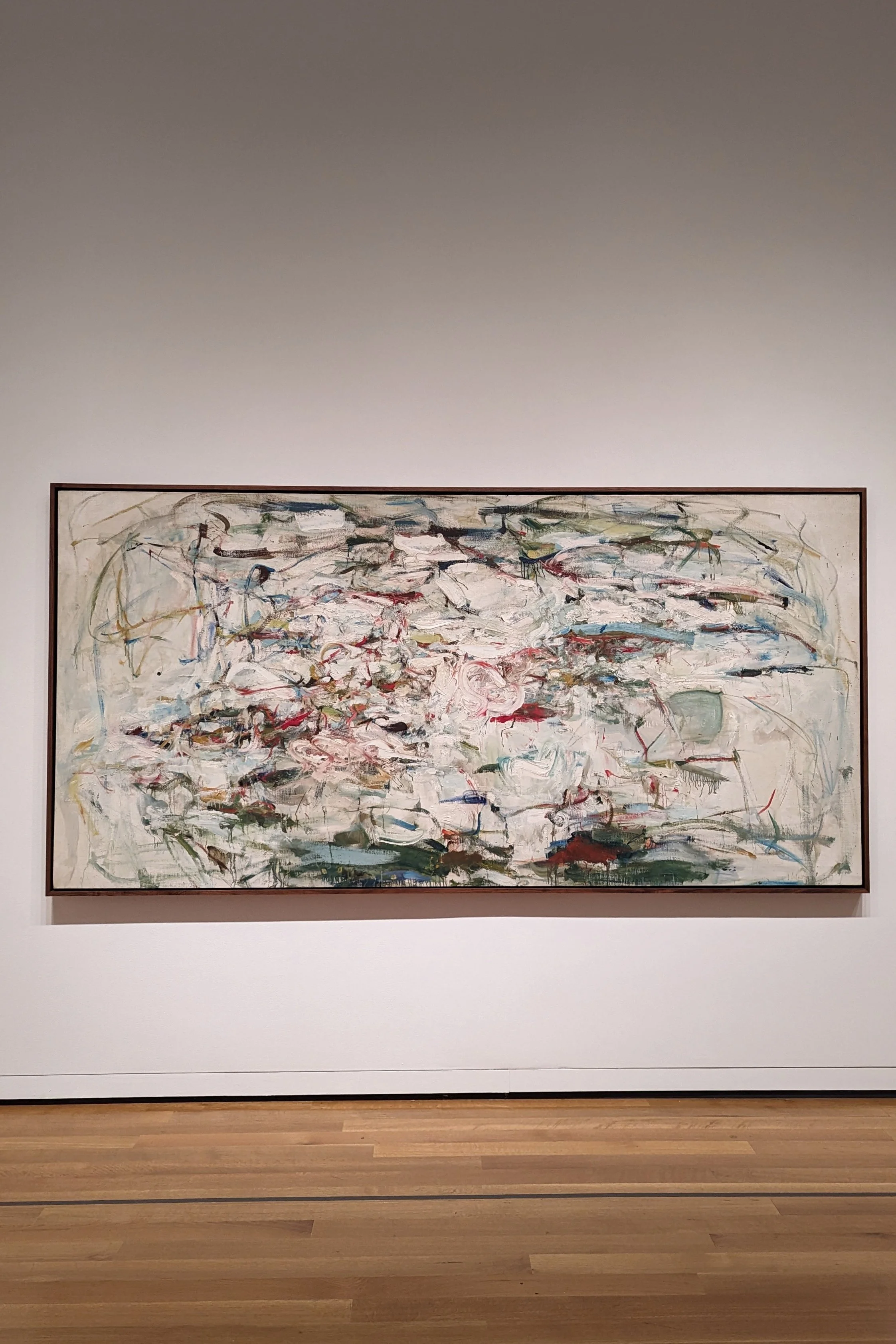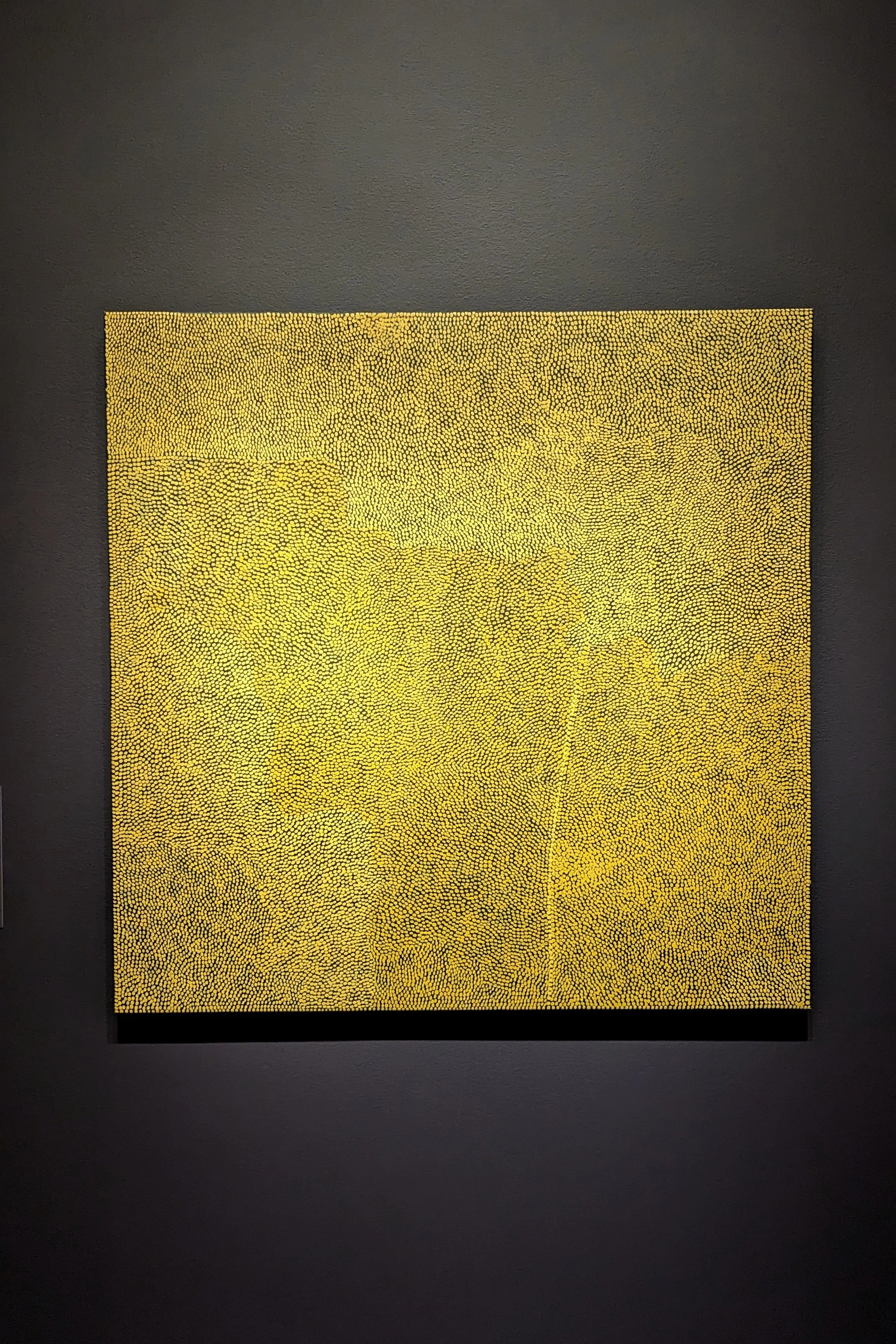How To Visit An Art Museum
How Artists Visit Art Museums:
The other day I was visiting the Seattle Art Museum and I realized I haven’t really talked about my art rituals that I do outside of the studio. Feeding your eyes is one of the most important thing for the creative spirit, and visiting an art museum is a great way to get a punch of inspiration into your work.
If you’ve ever been to a bunch of galleries right in a row or to a large art museum and have been exhausted/zoned out by the time you were ready to leave, this episode of Brush Work is for you.
Today I’m going to show you how to get the most out of your museum viewing experience and tell you the ‘rules’ I like to follow when doing this myself. I came up with this system in my mid 20’s and have never looked back. I will warn you though, you might feel uncomfortable the first time you do it the Brush Work way. Allow your self the edge it provides and get into the truth of experiencing artwork on a grand stage of a museum.
Main entrance of the Seattle Art Museum
Rule number 1: Go alone.
This will be terrifying for some of you. Do it anyways. By being by yourself, you will focus more on the art, the ambiance of the space, and your own thoughts.
When you are by yourself, you have more awareness. You have agency to see the artwork that you want to see and the whimsy of that will allow you the chance to look deeper at the work and yourself.
You also have more flexibility of when you are able to go to the museum. You aren’t limited to going after someone else is done with work and there’s only an hour before the museum closes but that’s enough time to see it all, right?
If you must go with someone else, make it another artist minded friend and don’t talk to them the entire time you are there. Be alone, together.
But Stevie, I’m visiting a city and I’m with a group and we are all going to go to this or that tourist attraction together. How do I get alone? In the case that you have other people that want to go to the art museum with you because you are an artist- then make a distinction of this visit. This visit you have with other people is for socializing. Socializing is also very important to the artist and discussing work is one of my favorite things to do. I like to have the attitude when I’m visiting a far away art museum that I’m going to live for a long time and that I can come back and see things in depth if I want to.
However, for this exercise in seeing- do it by yourself.
Stevie’s sketchbook and pencil
Rule number 2: Bring a sketchbook
And a super sharp pencil and an eraser.
If you are here reading then you are the kind of artist that wants to get good. You aren’t here for fluff and mysticism, you are here to make great art.
That means you are at the museum to study.
Pick paintings, drawings, and sculptures and do value studies of them in your sketchbook. Most museums allow you to bring drawing supplies, as long as they are dry. Some might even allow you to use a chair or have easels to borrow. If that’s something you need, check before you go.
Drawing sharpens the eye and teaches you composition. Studying the masters, learning what the contemporary artist of your day are making, and getting your body into kinetic learning are a sure fire way to improve your work.
As you know, I make abstract geometric paintings. Can you guess what I most often sketch at art museums? Portraits and landscapes. It gets me uncomfortable and paying attention. I like to give each sketch 20 minutes before moving on to the next piece of art.
Sometimes I like to sketch out interesting patterns of tile work on the floors of the museum, sometimes I add in thoughts I’m thinking about each painting, other times (when I’m super distracted) I’ll journal about my day to get my thoughts on paper so I can better focus on the art. When you get home you can use a fixative spray to keep the sketchbook from smudging if you need.
Rule number 3: Non-Verbal Music
If the museum offers an audio guide for the exhibition, don’t get it. Those guides are great for getting you quickly through an exhibit and learning some stories about the work. They are for people who aren’t familiar with the work, and that might be you, but today you are at the museum to see.
Bring your headphones, airpods, whatever listening devise you prefer and select some non-verbal music.
It’s important that the music doesn’t have any words. Words are like candy to the artist and I want you to focus on your vision.
I’m a fan of Cafe BGM, the Journey OST, Studio Ghibli covers, and lo-fi tunes. Look for relaxing, calm music that will help you stay in the flow of the museum.
The headphones have two bonuses: it subtly says to people ‘Do Not Disturb’ when they are curious about your drawing, and keeps you focused.
While you are at it, put your phone on Do Not Disturb for the duration of your visit. Rule 3.5
THE SINK Joan Mitchell, 1956
Rule number 4: Don’t see everything
If your local museum is huge, like The Met, then you are going to need to choose carefully what to see. Trying to see it all is a great way to be exhausted and numb at the end of the visit, making you want to never return. I highly recommend making a plan of attack.
At my last visit to the SAM I decided to see the abstract work, and the special exhibit. To my dismay the special exhibit was still being worked on, so I settled on just the 2nd floor abstraction.
The Seattle Art Museum has thousands of pieces of art in their collection. By narrowing it down to just the abstracts on display, I’m able to give each of those work my full attention. I wont be lost trying to figure out what to see next and I certainly wont be spending less than 10 seconds with each piece of art, rushing to the next.
Remember, you can back and see other things. This is another reason not to go with other people, some visitors of the museum must see EVERYTHING. They probably have a checklist and if they don’t get to it all, the vacation is ruined. I’m exaggerating, but am I?
Australian Aboriginal Art from the Seattle Art Museum
Rule number 5: Take you time
One thing I like about listening to music while at the museum is that it gives me a low effort timer. If I’m viewing a painting, I like to spend the length of at least one song while looking at it. Typically 3-5 minutes. If I’m sketching a painting, then I listen to 4-7 songs (about 15-20 minutes).
It’s the biggest struggle of my life right now to look at a piece of art for more than 10 seconds on my phone. I just flip through work I see online like that constantly. You probably do the same. Endless scrolling is addicting and I’m not about to scroll my way through an art museum.
Recently I watched a video of an exercise to help you understand a painting better. You simply sit in front of it for 3 hours. Sounds insane right? Three hours is a long time. You sit, you notice the surface image, you get bored, you notice more details, you get antsy, you look and you look and you look, and then it’s been three hours and you understand the painting better than ever.
What I’m asking of you is less severe. I want you to either: look at the painting for 3-5 minutes, sketch what you see for 20, or stare at a painting and journal about what you see for 10.
All three of these are fun exercises that will get you noticing all the details in an otherwise ordinary painting. By the time you’ve done one of these three for 10 or so paintings, you’ll have spent hours in the museum having a blast.
My ticket from the last visit~ This one was $33, some museums have Pay-what-you-can options, others will offer various discounts. Just ask!
Rule number 6: Ask the artwork questions
When I’m looking at a painting that I’m not familiar with I like to ask it these questions. Sometimes I journal about them, sometimes I just say them in my head. Whatever works for you:
What is obvious?
What is subtle?
What can I see immediately?
What can I see once 3 minutes has gone by?
What delights me?
What annoys me?
What key is this painting in?
What is strong about the composition?
What is my favorite color relationship?
How would I describe this painting to someone who couldn’t see it?
What characteristics of this painting could I use in my own work?
How does this painting make me feel?
Is this painting better up close or far away?
Do I like this painting? Why or why not?
Where would I put this painting, if not here in the museum?
Rule number 7: 2-3 hours max
By limiting the number of hours you spend in the museum, you’ll eliminate visual fatigue.
What you do after visiting the art museum matters a lot too. After you’ve spent 2-3 hours looking at fabulous paintings, go have a snack, look at the outdoor landscape, do something physical.
Your mind will need time to absorb everything you’ve just experienced. Let it have the space to do that.
Other rules that aren’t rules:
Wear comfy shoes
Eat before going
Come caffeinated
Leave your things at coat check
Bring your student ID if you have one for discounts
Check the hours before you go and see if they have free days (note that these will always be the busiest)
I hope this guide has been helpful and that you take yourself on many art museum dates! What sort of things do you like to do at the art museum?
Host and artist Stephanie Scott breaks down the practicality of the art career with topics including: sustainable creative practices, social media skills, and the mindsets that keep it all together. New episodes every Tuesday!
Instagram: https://www.instagram.com/stephaniescott.art/
Website: http://www.stephaniescott.art/brushwork
Music by @winepot https://www.instagram.com/thewinepot/
Podcast Cover photo by Maryna Blumqvist https://instagram.com/picturemaryna








